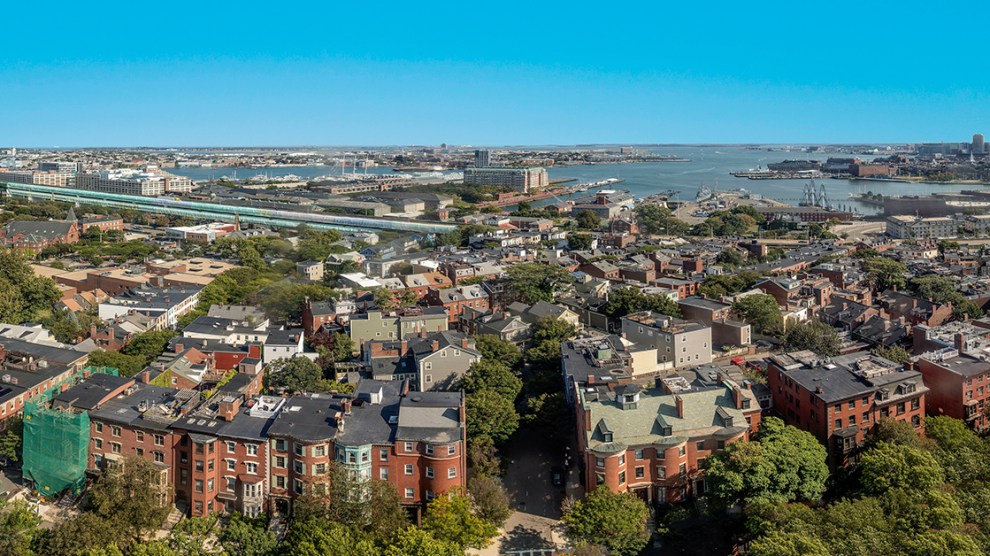Robust Supply Pressures Occupancy
While not out of the woods yet, Boston showed promising signs at the start of the second quarter. Following 18 months of negative performance, the average rent rose 0.4% on a trailing three-month basis through April, to $2,258. The substantial supply expansion pushed down the occupancy rate in stabilized properties by 120 basis points in the 12 months ending in March, to 94.5%.
Boston’s strict safety measures during the health crisis helped it manage the outbreak relatively well, but took a toll on the economy, which mirrored the situation in other large coastal markets. Even though unemployment dropped to 5.9% in February, the employment market posted a 9.3% decline over 12 months, trailing the -7.2% national rate. All sectors lost jobs during the period, but several high-profile projects show promising signs: IQHQ’s $1 billion Fenway Center life sciences campus is set to bolster an already burgeoning Boston staple, while Amazon announced an expansion of its tech operations in the Seaport District, expected to add 3,000 jobs over the next few years.
Developers delivered 1,053 units this year through April and had another 18,708 units underway, following the busiest year of the decade. Meanwhile, transaction activity picked up, totaling $567 million for the first four months of the year, but the per-unit price marked a 10.9% dip.
Read the full Matrix Multifamily Boston Report-Summer 2021











Add Comment